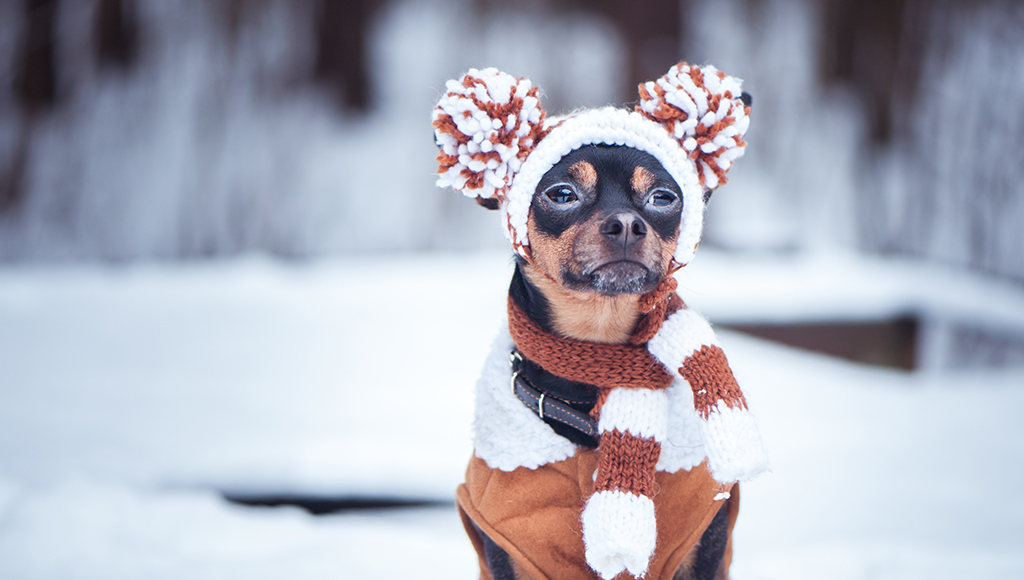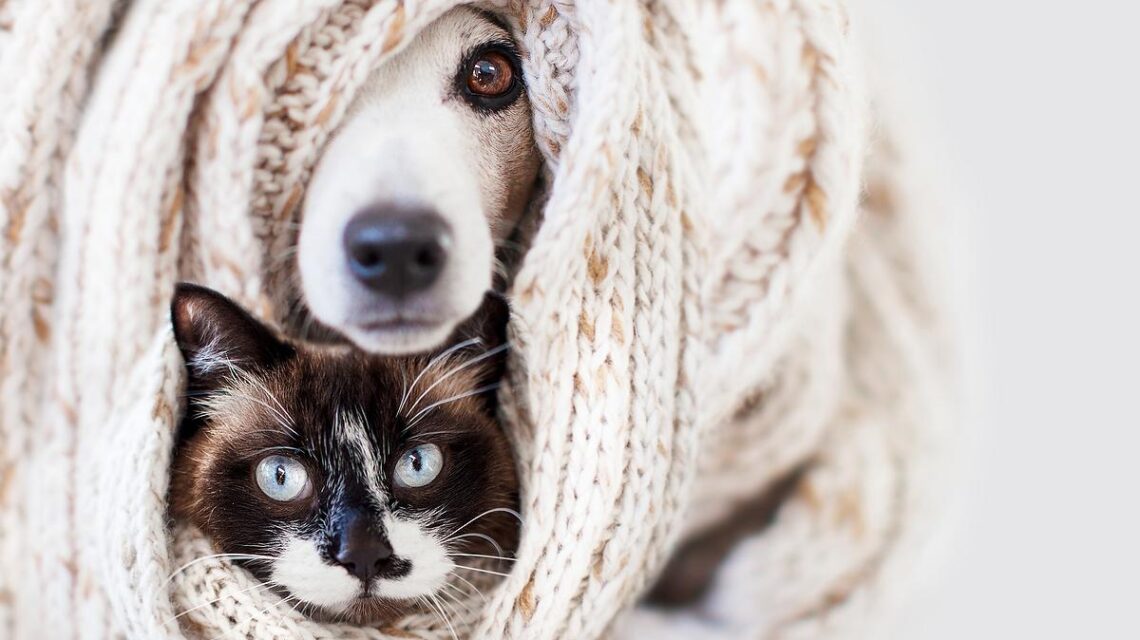Table of Contents
As pet owners, we want to ensure our furry friends are safe and comfortable year-round. Extreme weather, whether it’s the scorching heat of summer or the biting cold of winter, can pose significant risks to our pets. In this article, we’ll explore essential tips to help you prepare your pet for both summer and winter extremes. From keeping them cool in the heat to ensuring they’re warm in the cold, we’ve got you covered.

Summer Tips
Keeping Your Pet Cool in Summer
Summer brings fun outdoor activities, but it also brings the risk of heat-related illnesses for pets. Here are some crucial tips to keep your pet safe:
- Hydration is Key: Always provide plenty of fresh, cool water. Consider adding ice cubes to their water bowl to keep it chilled longer.
- Avoid Peak Heat Hours: Limit outdoor activities to early morning or late evening when temperatures are cooler. Avoid walking on hot pavement, which can burn your pet’s paws.
- Provide Shade and Cooling Options: Ensure your pet has access to shaded areas. You can also use cooling mats or vests designed for pets.
- Never Leave Pets in Cars: Even with windows cracked, cars can heat up quickly, leading to fatal heatstroke.
Signs of Heatstroke in Pets
Watch for these warning signs:
- Excessive panting or drooling
- Weakness or lethargy
- Vomiting or diarrhea
- Bright red gums
- Seizures
If you notice any of these signs, move your pet to a cool area, offer water, and contact your vet immediately.
Winter Tips
Keeping Your Pet Warm in Winter
Winter’s chill can be just as dangerous as summer’s heat. Here’s how to protect your pet:
- Provide Adequate Shelter: If your pet spends time outdoors, ensure they have a warm, insulated shelter with bedding.
- Dress for the Weather: For short-haired or small breeds, consider pet sweaters or coats for added warmth.
- Protect Paws: Use pet-safe ice melt and wipe your pet’s paws after walks to remove salt and chemicals.
- Limit Outdoor Time: Keep outdoor excursions short, especially for older pets or those with health issues.
Signs of Hypothermia in Pets
Be alert for these symptoms:
- Shivering or trembling
- Lethargy or weakness
- Pale or blue gums
- Slow breathing
- Unresponsiveness
If you suspect hypothermia, wrap your pet in warm blankets and seek veterinary care immediately.
General Tips
Year-Round Preparedness
“Pet Weather Safety”
Being prepared for any weather is crucial. Here are some tips to keep in mind:
- Emergency Kit for Pets: Include food, water, medications, a first-aid kit, and copies of medical records.
- Regular Vet Checkups: Ensure your pet is healthy and up-to-date on vaccinations, which can help them handle weather extremes better.
- Training for Emergencies: Teach your pet basic commands like “come” and “stay” to keep them safe in unexpected situations.
Conclusion
Preparing your pet for extreme weather is an essential part of responsible pet ownership. By following these summer and winter tips, you can help ensure your pet stays safe, healthy, and happy all year round. Remember, a little preparation goes a long way in protecting your furry friend.


